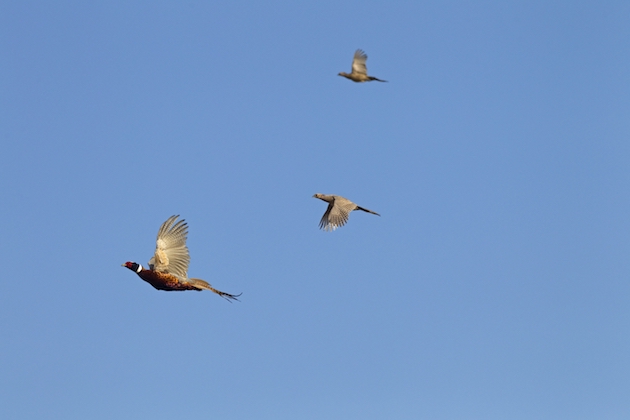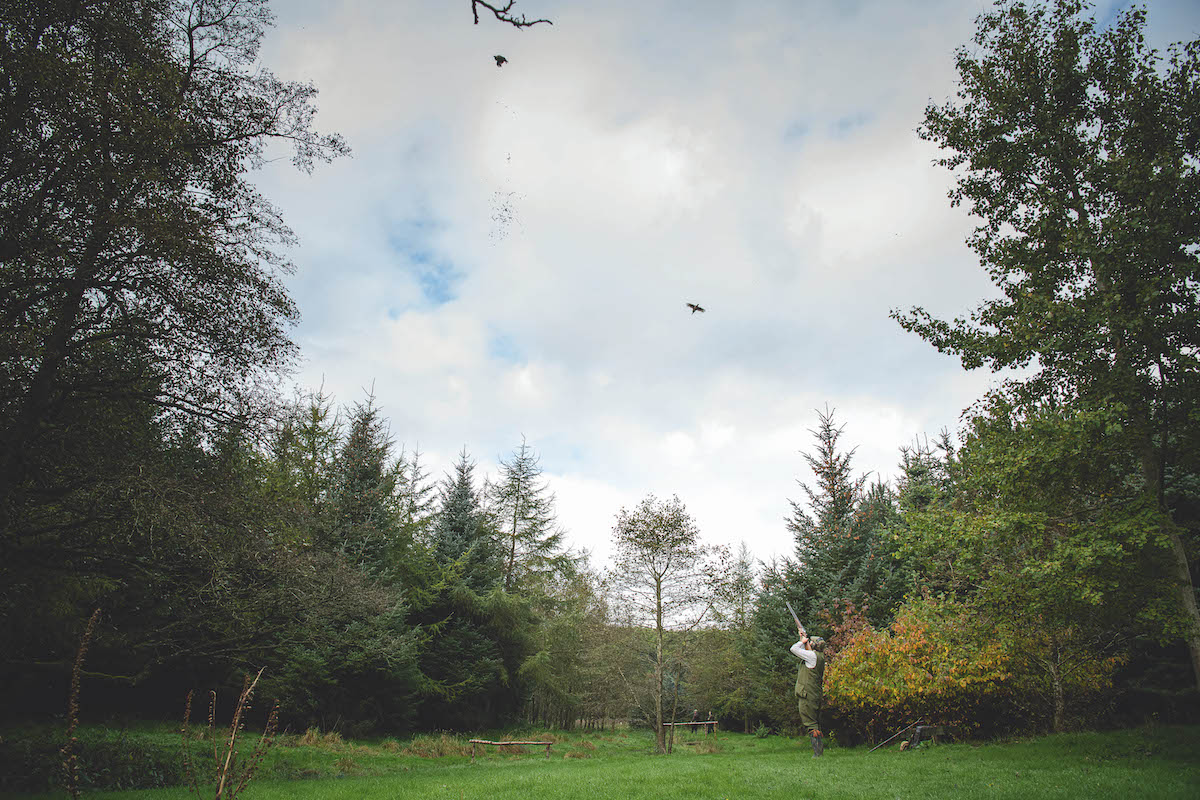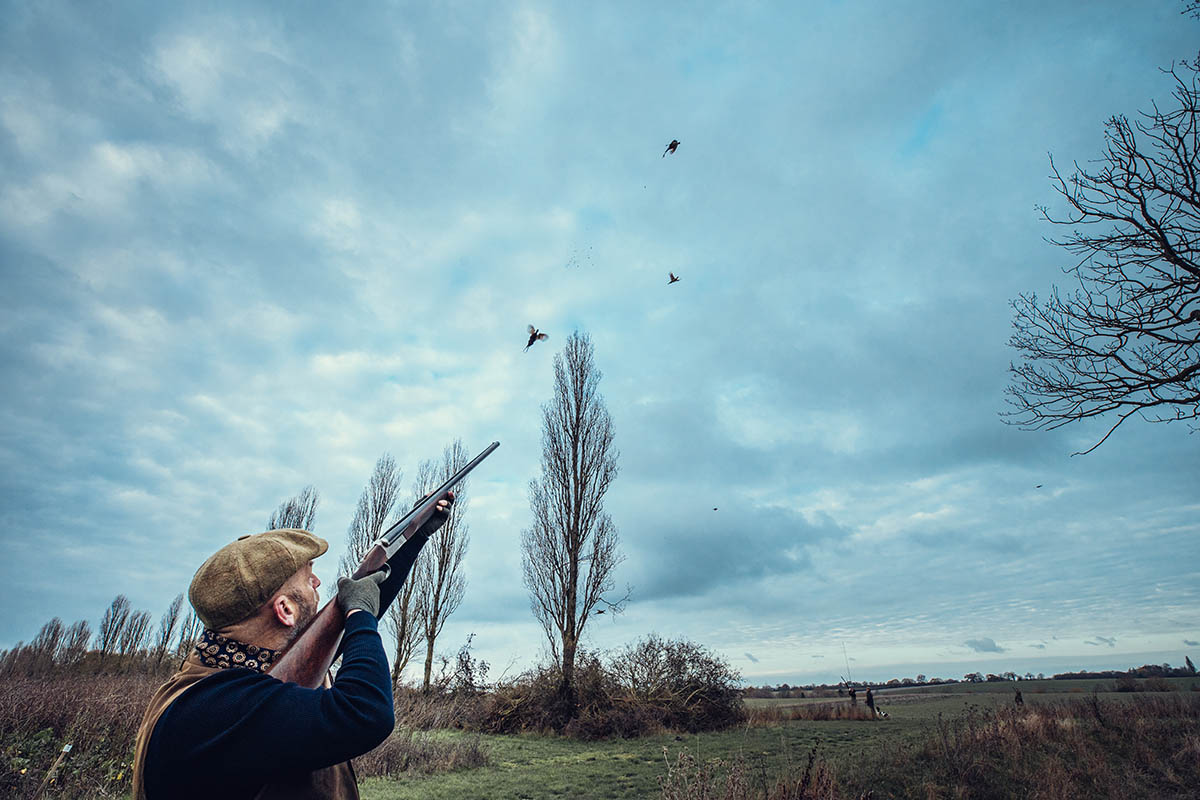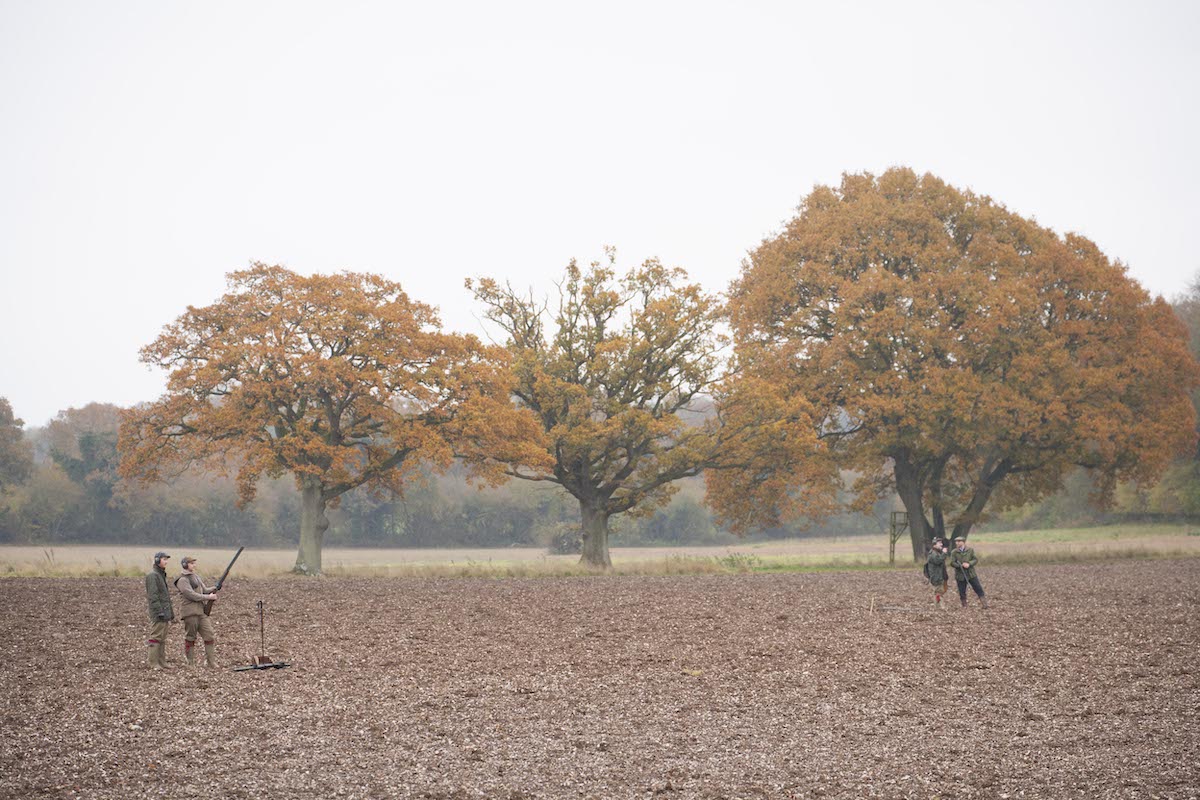The rules you must follow when rearing gamebirds
Thinking about rearing your own gamebirds? Read these invaluable and straightforward rules from the Game Farmers' Association advisor Charles Nodder

Before you take any steps to start on rearing gamebirds yourself you need to be aware of the key factors involved.
Rule 1: Think of it as a business
You need to think seriously about rearing gamebirds right from the beginning and consider it as a business, whether you’re rearing to sell to others or for a DIY shoot of your own. Otherwise you will experience all sorts of problems,
If you are rearing gamebirds to sell to others, be aware that you will incur around 75 per cent of your costs in penning, feed, energy (especially for brooders), staff and buying in eggs or chicks before a single penny comes in from a customer. You may be able to secure a deposit if you are an established gamefarm.
If you are rearing for your own DIY shoot rather than to sell birds, the gap between expenditure on rearing and the Guns paying the bills can be even greater. Work out a realistic cash flow and factor in the cost of borrowing. Do you still want to rear gamebirds?
Rule 2: Consider land and location carefully
You must have enough land of the right sort in the right location if you want to rear gamebirds. It’s easy enough to calculate how much well-kept grass you will need to pen laying birds or to set out a rearing field. To avoid disease outbreaks, you will need to rotate the pens on to fresh ground each year.

Conifers provide protection for an airy laying pen
Think in terms of needing access to three times the land area you will use in any one year. When the Game Farmers Association (GFA) assesses membership applicants, it asks what land is available for rearing as well as the number of birds. If there isn’t enough land, the applicant gets rejected.
Location is also important in relation to supply and demand. Will your site be suited for deliveries of incoming commodities? Is it conveniently situated for distributing the chicks or poults you produce? Before you answer that, consider the allowable journey times in the 2006 Welfare of Animals (Transport) Order for England and their implications.
You also need to consider the immediate surroundings. Are there other game or poultry units nearby, which could be a potential disease threat? Would you be trying to rear next to water, which can be risky in relation to the potential for bird flu to be brought in by wildfowl? Is the soil free-draining? Might the annual rainfall be so high as to make life difficult? Would you be overlooked or criss-crossed by footpaths? A lot of problems that GFA members experience are caused by well- meaning interference.

The wrong site will cause nothing but trouble later
Game rearing is “non-agricultural” in law. If you are starting to rear on land that was farmed, you will need planning permission for “change of use”, as well as for any permanent buildings. If there is no accommodation on site can you get planning permission for it, or are you happy living in a caravan for four months a year? Because game production is not farming, the rearing area will have to be taken out of the farmer’s Basic Payment Scheme to avoid fines from the Rural Payments Agency.
Rule 3: Use a specialist vet
The days of setting up a rearing field and only involving a vet when the first bird looked sick are long gone. Every gamefarm and rearing enterprise should have a flock health plan worked up in consultation with a suitable vet. The local small animal practice won’t do.

A specialist gamebird vet looks for disease in an on-site post-mortem room provided by the gamefarm
Game rearing is a specialist activity and you will need specialist veterinary advice to do it well and to keep within the law. There are several excellent gamebird practices available. Use one of them and have a regular contract — don’t expect to succeed by only calling the vet when there is a problem.
Health planning should begin even before you have finalised the location for your rearing site, because involving the vet in that choice could massively reduce your susceptibility to disease or stress of weather.
Rule 4: You must follow the game rearing code
Defra has published a Code of Practice for the Welfare of Gamebirds Reared for Sporting Purposes.
The Welsh Assembly has also published a Code of Practice for rearing gamebirds as has the Scottish government.
If you don’t follow the Codes for your particular area, you could be at risk of prosecution for bad welfare. Penalties include prison sentences.

The Codes of Practice cover transportation of your birds; you must know the Code and the principles behind it
The Codes are good documents — they had a lot of GFA input — and they cover everything from the origin of stock, through incubation, hatching, inspection, husbandry, housing, food, water, management devices such as bits, specs and shrouds (do you know which of those are legal and which are not?) to catching, transportation and preparation for release. You need to know and understand the Code and the principles behind it backwards. The anti-shooting activists do and they are out there now filming, reporting and bringing prosecutions.
Don’t be the one that lets shooting down. Keep an eye out for regular revisions to the Codes covering your area.
Rule 5: Quality control throughout
Don’t cut corners. Give birds plenty of space because low stocking densities will pay for themselves over time through reduced disease. Good accommodation for birds is better for them and easier to manage. Have well-designed, well-built units and pens and keep them clean. Buy key commodities such as food on quality, not on price, and don’t skimp on biosecurity — it’s never worth it. From your record-keeping — a legal requirement for anyone who rears game — to your foot dips, predator control and chemical storage, everything must be right. The Government Codes list the basics, but if you want the full package of information, join the GFA and get its frequently updated GFA Game Farming Guide. This unique guide has been rated “very good or excellent’” by more than 95 per cent of users.

Biosecurity measures are of vital importance and must not be skimped on
One thing people often trip up on is waste management. The laws on this apply just as much to keepers who rear for their own shoots as to the biggest gamefarms. If you rear gamebirds and you don’t use a registered waste disposal contractor nor have your own DEFRA-approved incinerator, you are almost certainly disposing of at least some of your waste illegally. A bonfire just won’t do these days. Find out what the rules are and stick to them.
Rule 6: Learn from experience
They say that the quickest way to learn is from your mistakes but the most cost-effective way is to learn from your neighbours’ mistakes. Whatever your experiences with game rearing, learn from them. Having a regularly revised flock health plan developed and updated with your specialist gamebird vet is the best way to ensure that this happens.
How to hatch and rear your own pheasants
Many DIY shoots are looking at ways of reducing costs, and one way of achieving that is rearing pheasants yourself.…
How to keep your pheasants close to home
October is a month that will test the nerves of the best of us. The birds we have looked after…
Buying poults
If reading this has made you go rather cold on the idea of rearing your own birds, then why not let the experts take the strain and buy their poults? Use a reputable supplier and, when choosing, look for the GFA logo. The association’s rules require all members to follow the Government Codes of Practice. Buying locally from a GFA member is undoubtedly the best call if you decide not to rear your birds yourself.
The Game Farmers’ Association (GFA) is in a unique position to share its experience with anyone thinking of rearing gamebirds. The association started in 1908 and has more than 200 gamefarms and business members.

This article was originally published in 2016 and has been updated.










